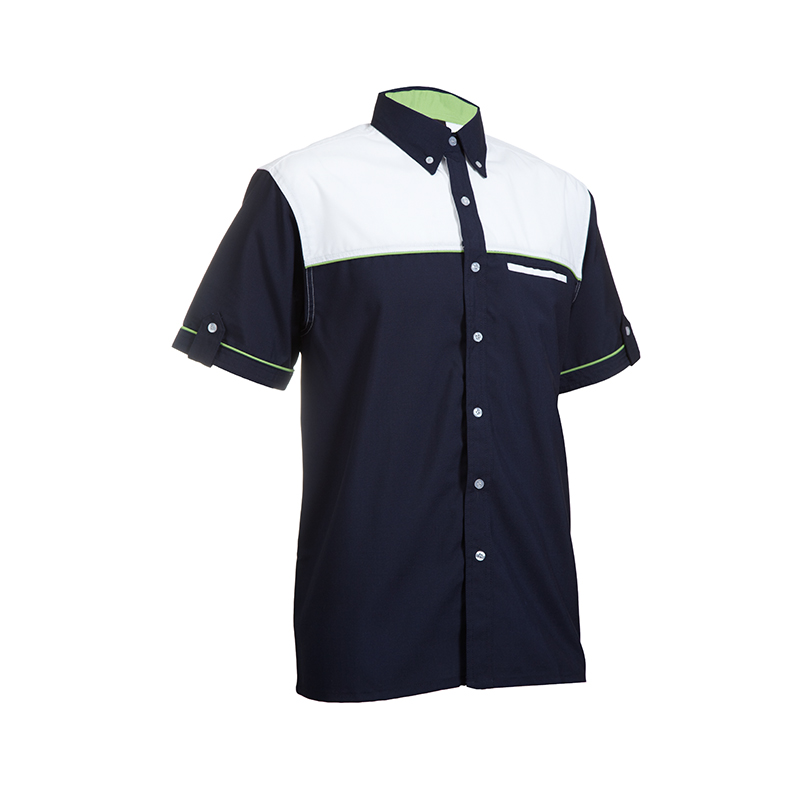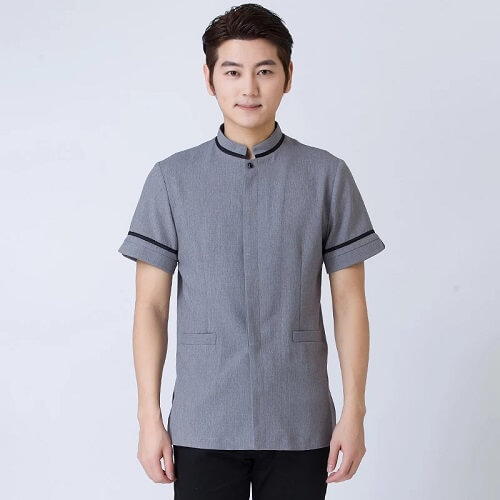corporate uniform singapore
corporate uniform suppliers
Polyester doesn’t wrinkle easily, and rayon mimics the qualities of cotton and wool, offering versatility. Which attire will not just speak professionalism but also bring out comfort and adaptability according to different corporate settings and climates? Before deciding on an uniform style, the test process is vital.
Placing your logo to the chest puts it in the center of the public's attention. The fabric you choose to clothing plays an important factor in the selection.
Knowing the demands of physical work an occupation is vital to consistent design. But, wool is also a fabric with flexibility, allowing more comfort in warmer temperatures by wicking sweat away off the human body.
It's about creating a harmony that combines both elements in a choral of branding expression. When you stand in front of your closet each morning, what goes through your mind?



